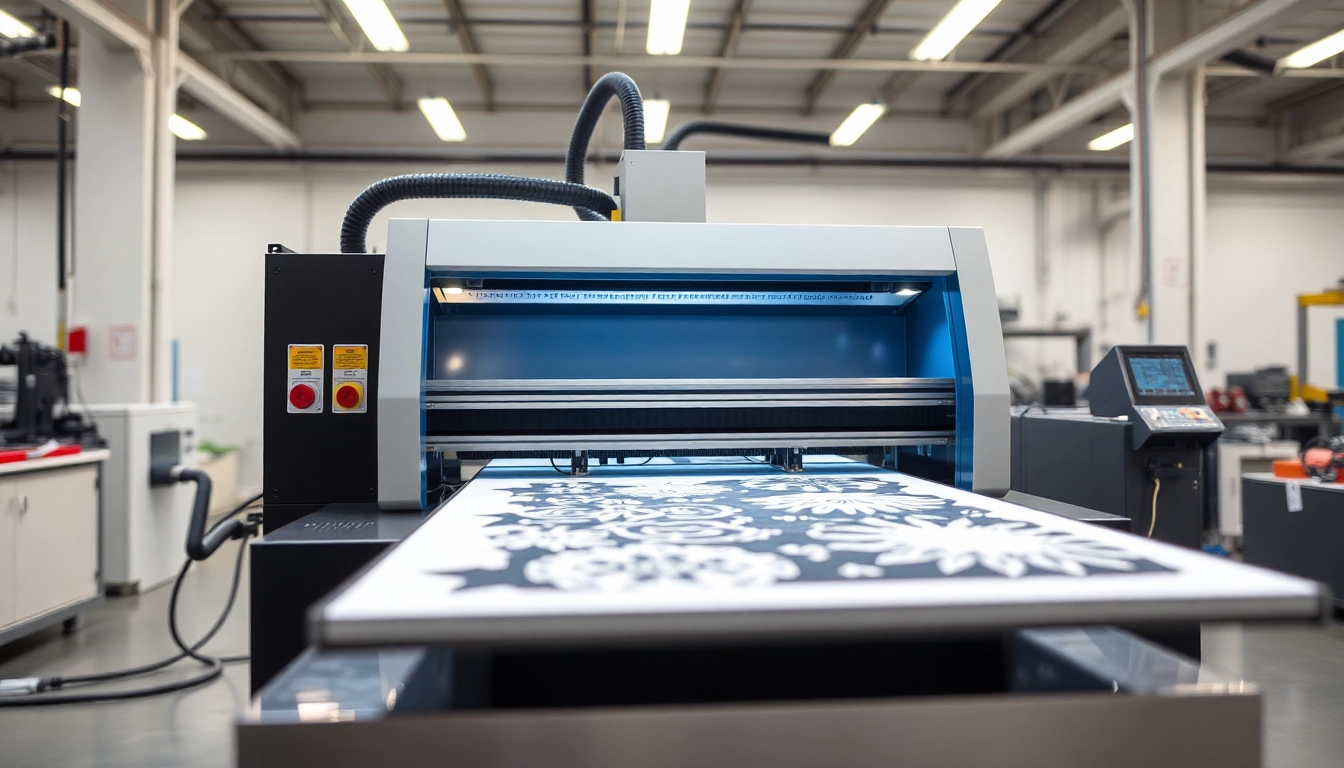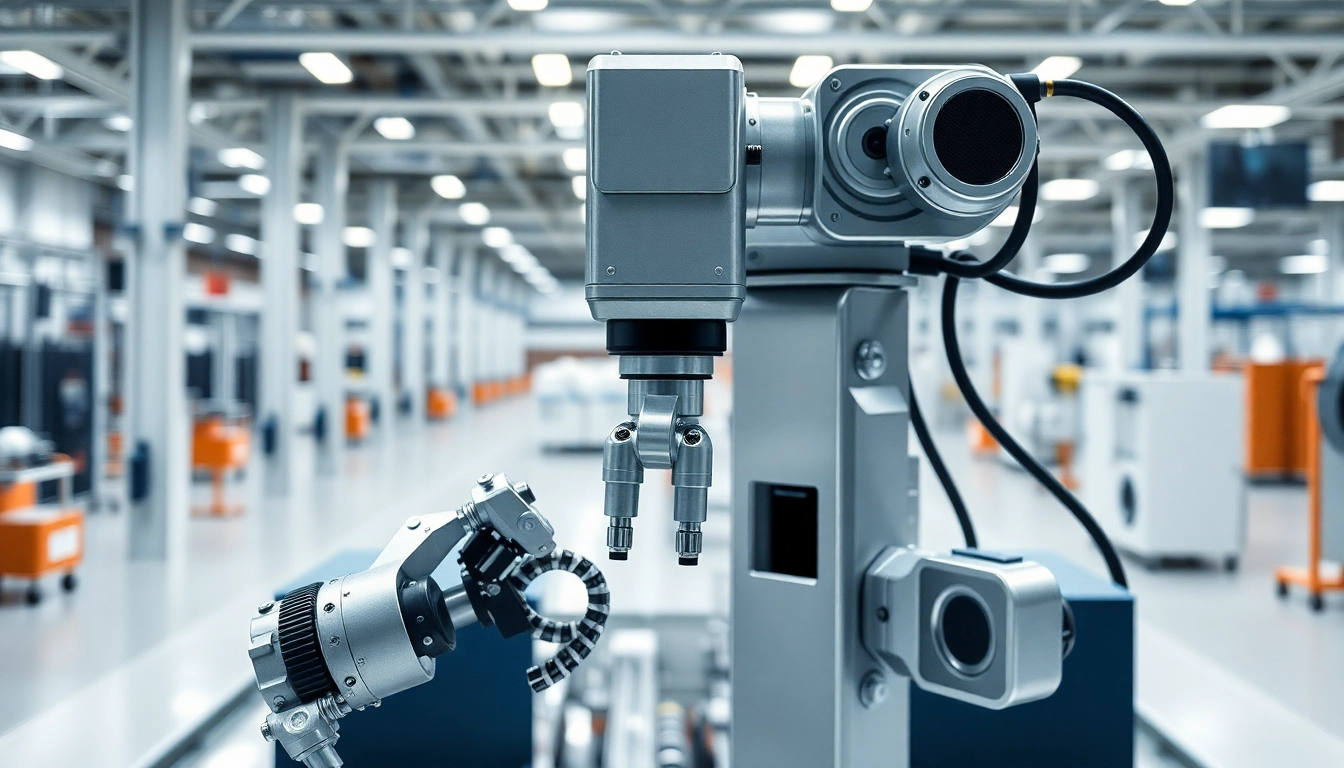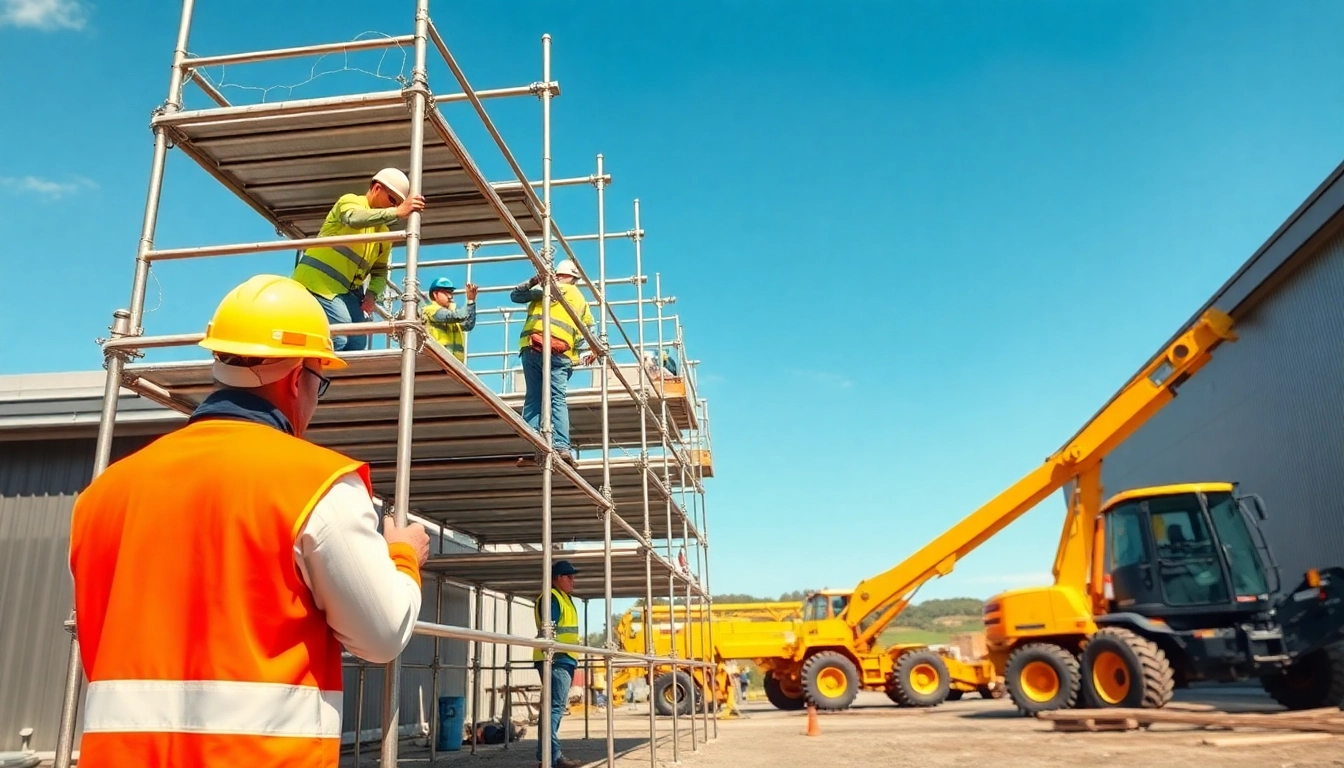Understanding Precision Die Cutting
What is Precision Die Cutting?
Precision die cutting is a manufacturing process used to convert various materials into specific shapes with high accuracy and uniformity. This technique employs specialized tools called dies, which can be made from various materials, including steel and polymer, depending on the intended application. The process typically involves applying high pressure to a die that cuts through the material, producing precisely shaped parts that meet stringent specifications. Industries such as automotive, medical, and electronics rely on precision die cutting for its compatibility with a range of materials, including paper, plastics, rubber, and metals.
The Importance of Precision in Die Cutting
Precision in die cutting is crucial for several reasons. First and foremost, it ensures that the final products meet strict industry standards and specifications, minimizing waste and reducing production costs. In industries such as aerospace, where safety is paramount, even minimal deviations in cuts can lead to catastrophic failures. Moreover, precision cutting results in consistent quality across all products, allowing manufacturers to build a reputable brand based on reliability. Additionally, accurate machining reduces the need for secondary operations, ultimately streamlining the production process and enhancing efficiency.
Common Applications of Precision Die Cutting
The versatility of precision die cutting allows it to be utilized in diverse applications. Some common uses include:
- Automotive Parts: Cut components, such as insulation, gaskets, and seals, to ensure optimal vehicle performance.
- Medical Devices: Creating surgical instruments, protective equipment, cushions, and adhesive bandages with critical specifications.
- Electronics: Producing custom parts for electronic devices, like insulators, gaskets, and screens, enhancing device functionality and longevity.
- Packaging: Designing precise packaging components that not only protect products but also appeal visually to consumers.
- Textiles: Manufacturing intricate patterns or components for garments, upholstery, and accessories.
Types of Die Cutting Techniques
Rotary vs. Flatbed Die Cutting
When it comes to die cutting techniques, rotary and flatbed methods are two of the most commonly used processes, each with distinct advantages and applications.
Rotary Die Cutting utilizes a cylindrical die that rotates against the material as it is fed through the machine. This technique is ideal for high-volume production runs as it can perform multiple functions such as scoring, perforating, and printing simultaneously, often yielding higher speeds than flatbed systems.
Flatbed Die Cutting, on the other hand, uses a flat die that presses down onto the material, cutting it into shape. This method is excellent for more complex shapes and intricate designs, particularly when working with thicker materials that might not pass through a rotary die. However, the speed is generally slower compared to rotary die cutting.
Laser Die Cutting: Advantages and Limitations
Laser die cutting is an advanced technique that employs laser technology to achieve precision cuts. One of the primary advantages of laser cutting is the ability to create intricate designs without the need for traditional dies. This technique is particularly useful for prototypes or short runs where cost and time are factors. Moreover, laser cutting minimizes material waste, as it uses a focused beam of light that can make delicate, precise cuts.
However, laser die cutting also has limitations. For instance, it may not be suitable for high-speed production runs due to the longer processing times associated with laser technology. Additionally, certain materials, particularly thicker ones, may require significant calibration and adjustment to achieve the desired results.
When to Use Each Die Cutting Technique
Choosing the appropriate die cutting technique largely depends on the specific requirements of a project:
- Use Rotary Die Cutting when dealing with high-volume production and when multiple processes need to be executed simultaneously.
- Select Flatbed Die Cutting for projects requiring versatility in design, particularly when intricate shape cutting is essential.
- Employ Laser Die Cutting for precise cuts in intricate designs or when working with sensitive materials that cannot tolerate the crushing force of traditional dies.
Benefits of Precision Die Cutting
Cost-Effectiveness in Production
One of the significant advantages of precision die cutting is its cost-effectiveness. The precision of the process reduces material waste, which is crucial in terms of both economic and environmental considerations. Furthermore, with the automation of cutting processes, labor costs tend to be lower, and production times are often significantly reduced. For businesses looking to optimize their manufacturing expenses while maintaining quality, precision die cutting presents an ideal solution.
Quality and Consistency in Manufacturing
Quality assurance is critical in manufacturing, especially for industries that require reliability and consistency in their products. Precision die cutting delivers uniformity in dimensions across all produced items, which helps maintain brand reputation. The reduced likelihood of defects also leads to lower overall production costs, as fewer resources are spent on rework or scrap materials.
Speed and Efficiency in Delivery
The ability to scale production rapidly is another key benefit of precision die cutting. Advanced die cutting technologies can handle large volumes of products quickly, ensuring that deadlines are met without compromising quality. Efficient turnaround times can improve customer satisfaction and support organizations in keeping up with market demands.
Choosing a Precision Die Cutting Service
Examining Credentials and Capabilities
When selecting a precision die cutting service, it is essential to examine the manufacturer’s credentials and capabilities closely. Look for certifications such as ISO 9001, which indicate adherence to international quality management standards. Additionally, consider their technological capabilities and whether they have experience in your specific industry.
Understanding Your Project Needs
Before engaging with a die cutting service, it is vital to understand the unique requirements of your project, including material specifications, desired tolerances, and production volumes. Providing detailed information will help the manufacturer offer tailored solutions that align with your expectations. It’s also beneficial to assess the manufacturer’s ability to handle potential design complexities and material challenges.
Evaluating Turnaround Times and Pricing
Finally, getting clarity on turnaround times and pricing is essential when choosing a precision die-cutting partner. Different manufacturers will have varying production capabilities; therefore, it’s wise to compare costs and lead times to ensure they align with your project timeline and budget constraints. A quote should be clear and itemized, covering all costs associated with the project to prevent any surprising charges later in the process.
Future Trends in Precision Die Cutting
Impact of Technology on Die Cutting Processes
As technology continues to advance, the field of precision die cutting is evolving as well. Technologies such as artificial intelligence and machine learning are beginning to improve productivity and efficiency in manufacturing processes. Smart manufacturing systems can analyze production data and suggest optimal parameters for die cutting, reducing waste and enhancing quality outputs.
Environmentally Friendly Die Cutting Solutions
Given the global emphasis on sustainability, there is a growing trend towards environmentally friendly die cutting practices. Many manufacturers are now utilizing sustainable materials and processes that minimize environmental impact. For instance, using biodegradable materials or recyclable options has become more common.
Innovations to Watch in Die Cutting Services
Emerging technologies such as 3D printing and advanced robotics are also beginning to influence the die cutting industry. These innovations have the potential to provide even greater precision, save on material costs, and improve turnaround times. Staying informed about these trends can provide businesses with a competitive edge and position them for future industry advancements.



